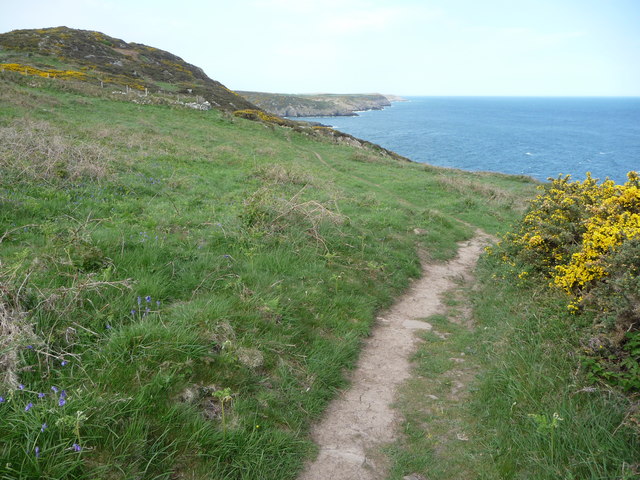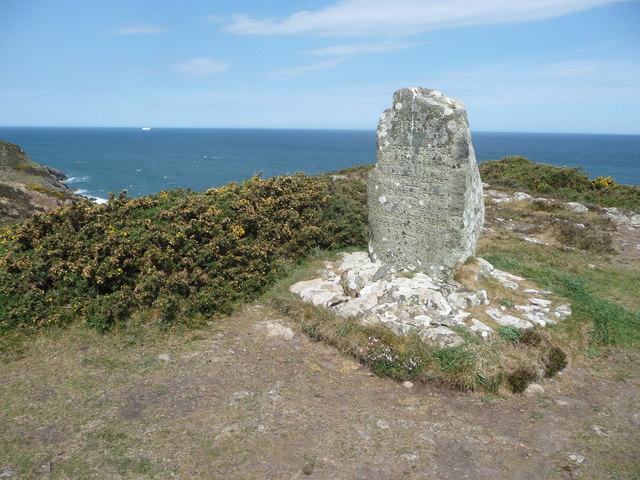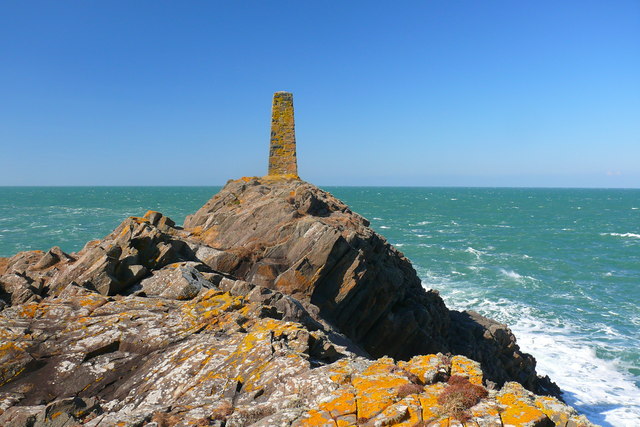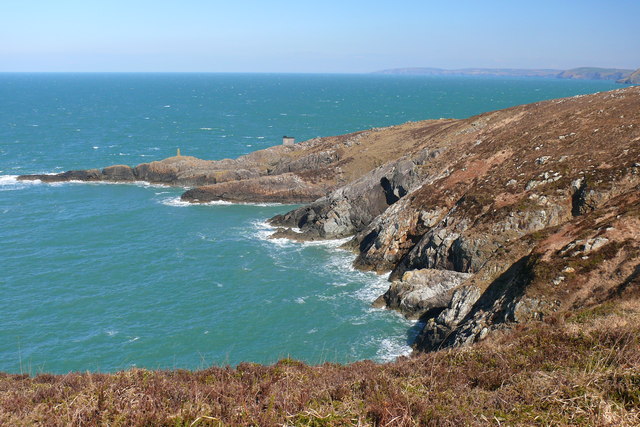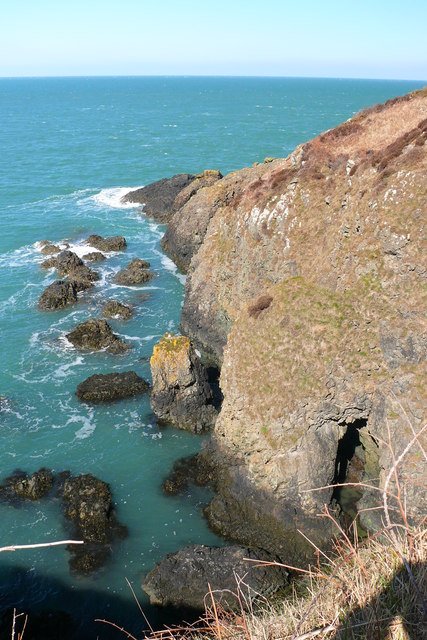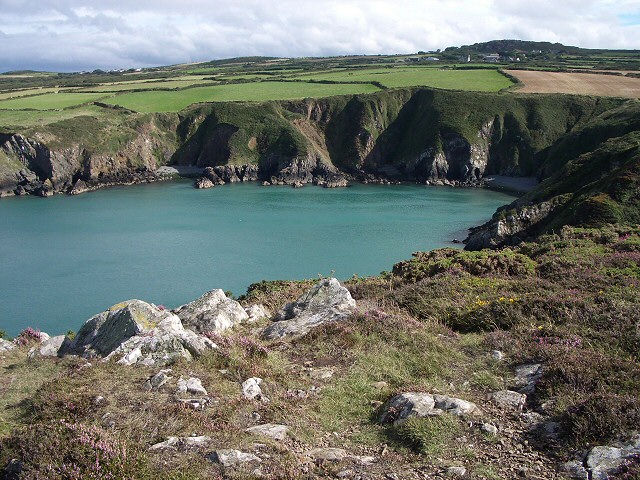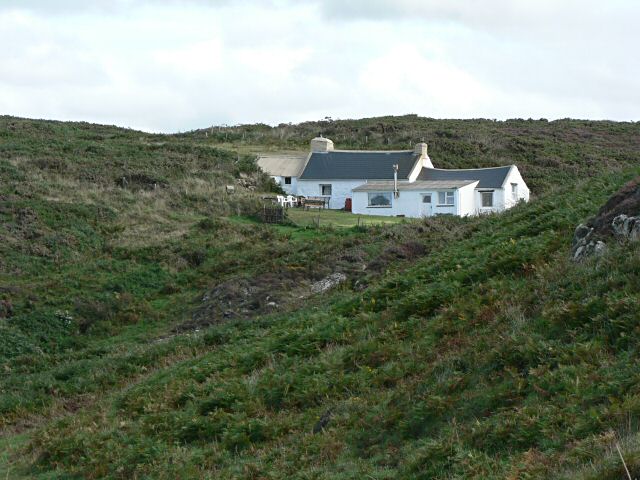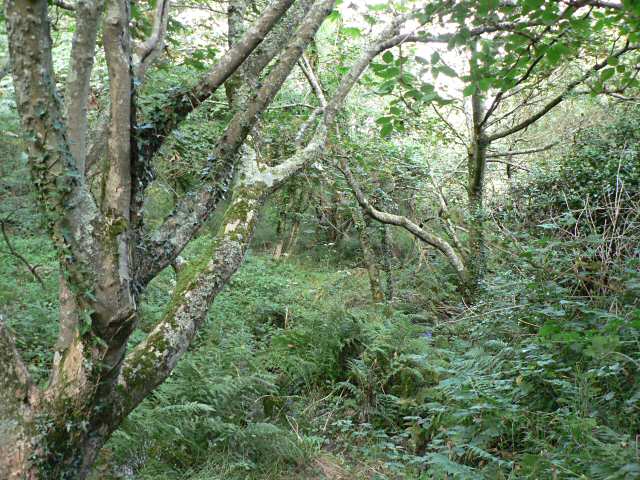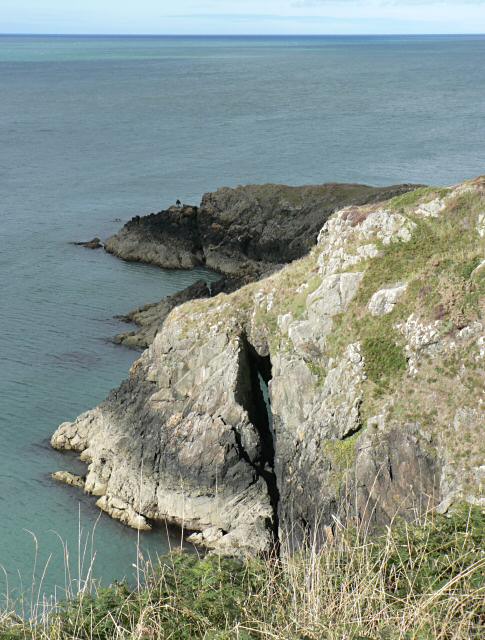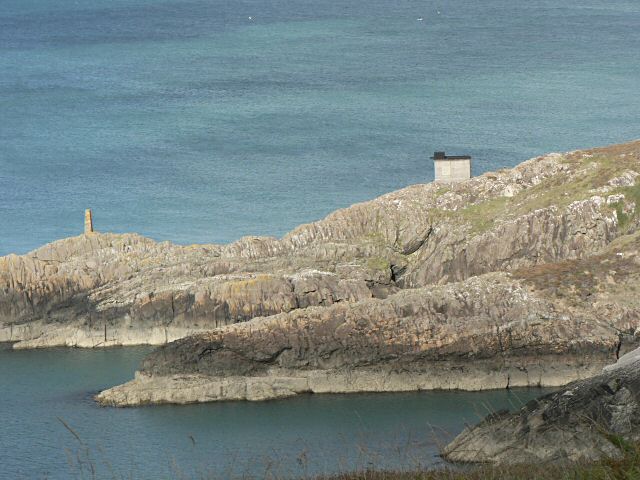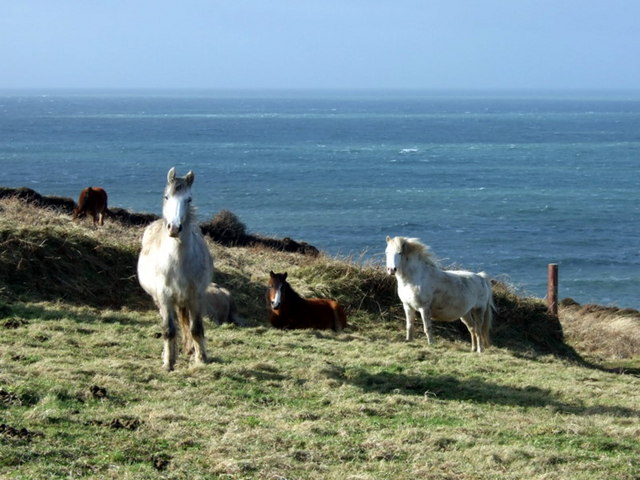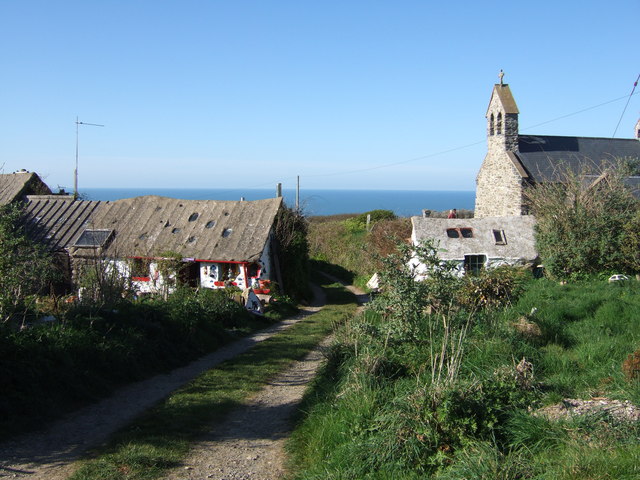Aber Felin
Bay in Pembrokeshire
Wales
Aber Felin
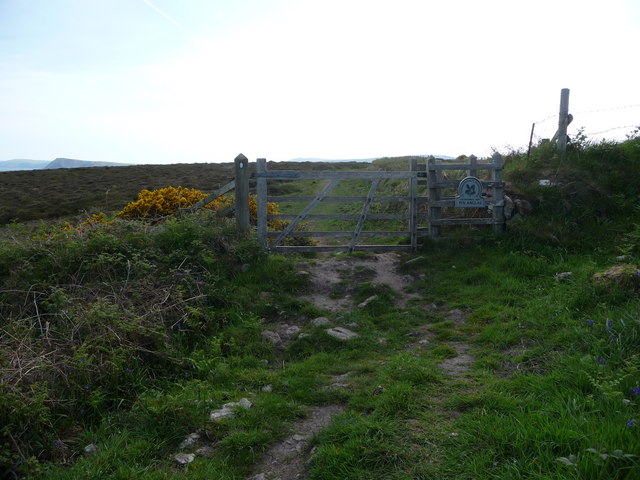
Aber Felin, also known as Aber Bay, is a picturesque coastal village located in the county of Pembrokeshire, Wales. Situated on the western side of the country, Aber Felin is nestled within the Pembrokeshire Coast National Park, renowned for its stunning natural beauty and diverse wildlife.
The village is set against a backdrop of rolling green hills and overlooks a pristine sandy beach, stretching for miles along the rugged coastline. The bay itself is sheltered by towering cliffs, providing a tranquil and secluded atmosphere.
Aber Felin offers visitors a range of recreational activities. The bay is a popular spot for swimming, surfing, and kayaking, attracting water sports enthusiasts from far and wide. Nature lovers can explore the surrounding area on foot, with scenic coastal walks offering breathtaking views of the Irish Sea and the chance to spot seals, dolphins, and a variety of bird species.
The village itself exudes charm and character, with quaint cottages lining the narrow, winding streets. There are a few local shops and cafes, providing essential amenities and a taste of traditional Welsh hospitality. The nearby town of Fishguard offers a wider range of amenities, including supermarkets, restaurants, and historical attractions.
Aber Felin is also known for its annual summer festival, which showcases local talent, music, and arts, adding to the vibrant and friendly community spirit that permeates the village throughout the year.
In summary, Aber Felin is a hidden gem along the Pembrokeshire coastline, offering visitors a combination of natural beauty, outdoor activities, and a warm community atmosphere.
If you have any feedback on the listing, please let us know in the comments section below.
Aber Felin Images
Images are sourced within 2km of 52.022656/-5.019869 or Grid Reference SM9240. Thanks to Geograph Open Source API. All images are credited.
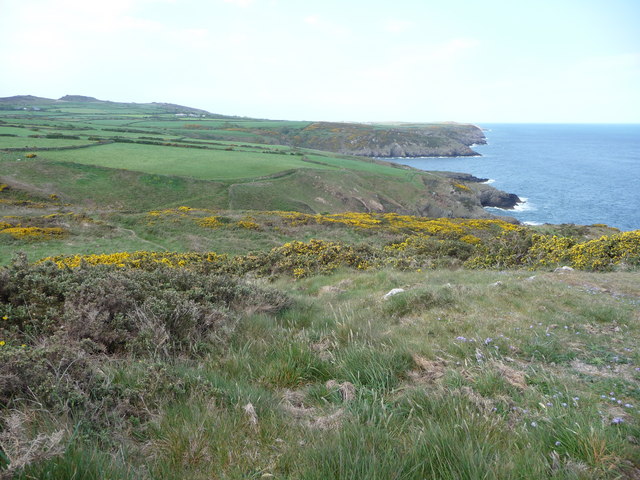
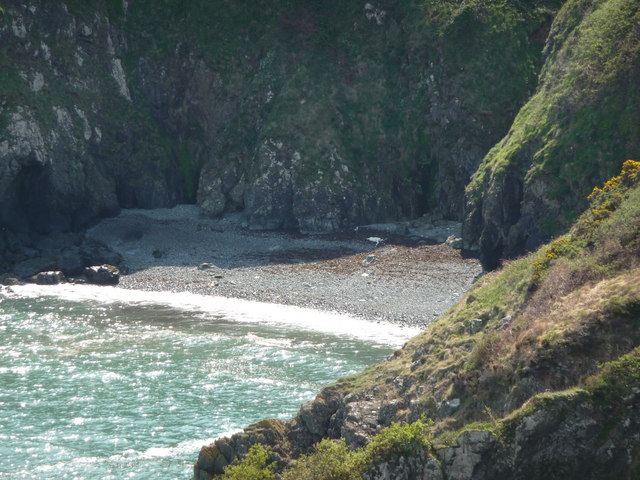
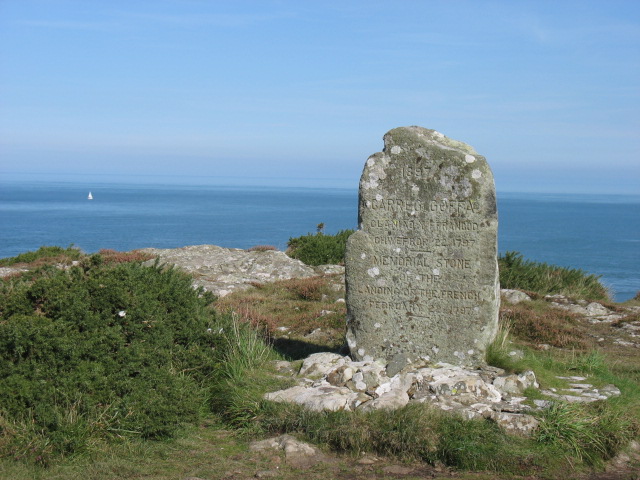
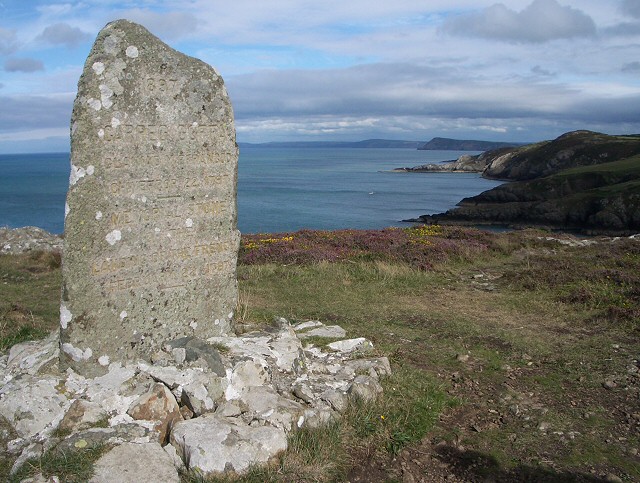
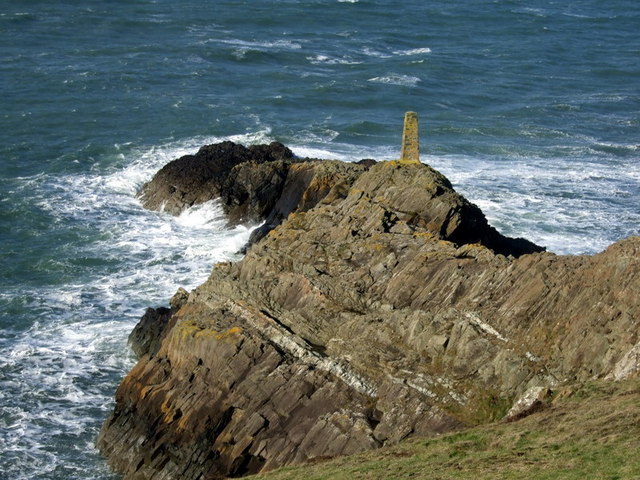
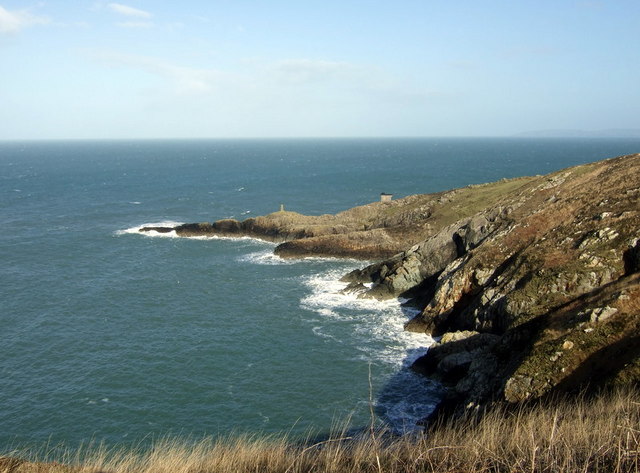
Aber Felin is located at Grid Ref: SM9240 (Lat: 52.022656, Lng: -5.019869)
Unitary Authority: Pembrokeshire
Police Authority: Dyfed Powys
What 3 Words
///processes.diverting.juggler. Near Goodwick, Pembrokeshire
Nearby Locations
Related Wikis
Pencaer
Pencaer is a community which covers an area of dispersed settlement in Pembrokeshire, Wales, on the peninsula of Pen Caer and comprises the village of...
Llanwnda, Pembrokeshire
Llanwnda is a rural village and parish to the north of the Welsh county of Pembrokeshire and part of the community of Pencaer. It lies some two miles northwest...
Fishguard Harbour railway station
Fishguard Harbour railway station serves the port of Fishguard Harbour, Wales. It is the terminus of one of the branches of the West Wales Line from Swansea...
Fishguard Lifeboat Station
Fishguard Lifeboat Station (based in Goodwick, Pembrokeshire, Wales) is a Royal National Lifeboat Institution (RNLI) station. Located on the quay between...
Nearby Amenities
Located within 500m of 52.022656,-5.019869Have you been to Aber Felin?
Leave your review of Aber Felin below (or comments, questions and feedback).
